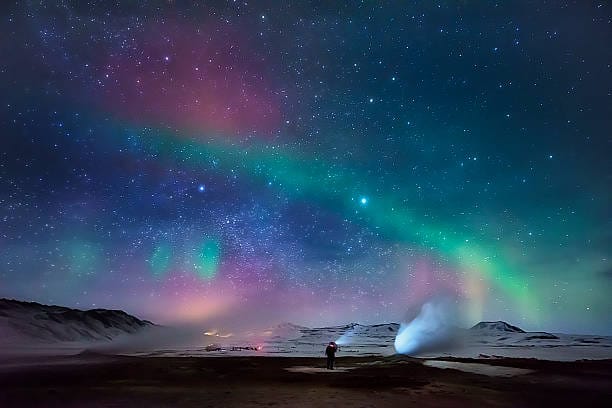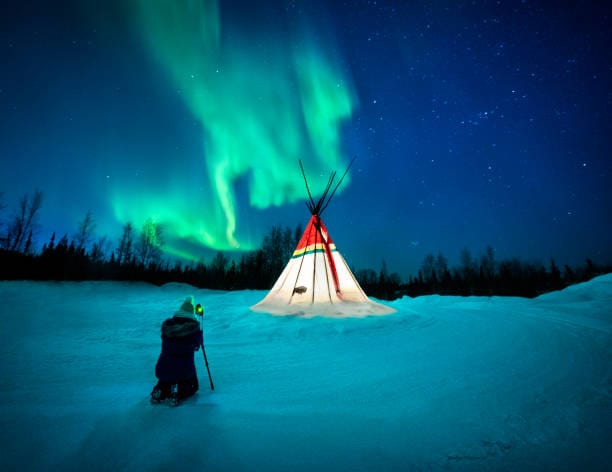The Mystery Of the Northern Lights: What Causes The Aurora Borealis?

What exactly causes this dazzling natural phenomenon? The interaction between the Earth, the Sun, and the magnetic forces that surround our planet causes the aurora. Understanding how it happens unveils a fascinating story about the powerful forces at work in the atmosphere, creating one of nature’s most stunning spectacles.
What Causes the Aurora Borealis to happen?
The aurora borealis happens when charged particles from the Sun, known as solar wind, interact with Earth's atmosphere. Particles like electrons and protons are constantly being released by the Sun at high speeds, sometimes reaching up to 1 million miles per hour. When these particles encounter Earth's magnetic field, they are drawn toward the poles, where the field is strongest. As the particles travel along the magnetic lines and enter the atmosphere, they collide with oxygen and nitrogen molecules.
These collisions release energy, which causes the molecules to become "excited" and, in turn, emit light. This release of light is what creates the mesmerizing colors of the aurora. The specific colors depend on the type of gas and its altitude. Oxygen can produce green and red hues, while nitrogen can generate purples, blues, and pinks. The result is a glowing, shifting display that often appears in arcs, spirals, or even rays shooting up from the horizon.
When Does the Aurora Borealis Occur?

They are visible during the fall and winter months, typically from September to March. These months offer the best conditions for observing the aurora. During this time, northern regions experience long, dark nights, giving plenty of opportunity to see the lights. In places like Norway, Iceland, and Canada, where the nights stretch on for hours, the chances of spotting the aurora are significantly higher. Winter also tends to bring clearer skies, which is important since cloud cover can block the lights from view.
The occurrence of the aurora also depends on solar activity, which follows an 11-year cycle. During periods of heightened solar activity(solar maximum), the Sun releases more charged particles, increasing the likelihood of auroras. These periods often coincide with the winter months, making them the prime time for aurora sightings.
How to Best Capture it?

For those eager to witness the northern lights, timing, location, and conditions are key. While the aurora can appear at any time of night, it's most visible during the darkest hours usually between 10 p.m. and 2 a.m., local time. The lights are best seen away from city lights and other forms of light pollution.
Clear, dark skies are essential for seeing the aurora, so it's wise to check the weather before planning your viewing. Winter months, particularly from December to February, are often the most reliable times to catch the lights, as these months bring longer nights and clearer skies. Avoiding times around the full moon is also helpful, as the brighter moonlight can make it harder to see the aurora. Instead, opt for the new moon phase when the skies are darkest.
If you're hoping to photograph the aurora, it's important to use a long-exposure camera and a wide-angle lens to capture the full beauty of the lights. A tripod is essential to stabilize the camera for those long exposures. Patience is key as well because sometimes the lights take time to appear, but when they do, the experience is well worth the wait.
If you have any further questions, feel free to reach out through the comment section. In closing, I’d like to share this thought: don’t limit the things that bring you joy; instead, find more ways to pursue them. Experiencing the Northern Lights is truly a once-in-a-lifetime event—so pack your bags and explore the world! While we’ve made great strides in understanding their causes, witnessing the Northern Lights in person remains a profoundly special experience. Their beauty continues to inspire awe, and whether you have the opportunity to see them firsthand or simply read about them, the Northern Lights serve as a reminder of the breathtaking mystery and wonder that surrounds us